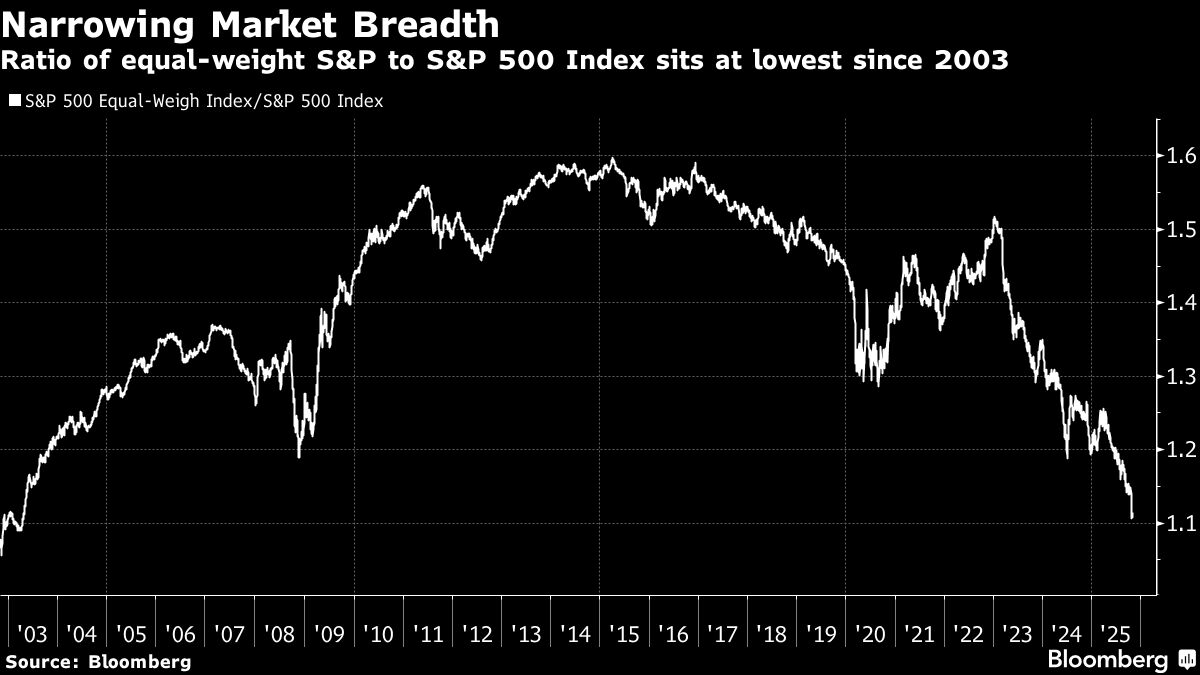This Famous Method of Valuing Stocks Is Pointing Toward Some Rough Years Ahead
NegativeFinancial Markets

This Famous Method of Valuing Stocks Is Pointing Toward Some Rough Years Ahead
U.S. stocks have reached a significant valuation milestone for only the second time in history, according to recent analysis. This milestone suggests that investors may face low returns in the coming years. The valuation method used to arrive at this conclusion is a well-known approach in stock market analysis. While the milestone itself is rare, its occurrence has historically been associated with periods of subdued market performance. As a result, market participants are advised to consider the possibility of rough years ahead for U.S. equities. This forecast is based on the current valuation levels rather than speculative factors. Overall, the data points to a cautious outlook for stock market returns moving forward.
— via World Pulse Now AI Editorial System




